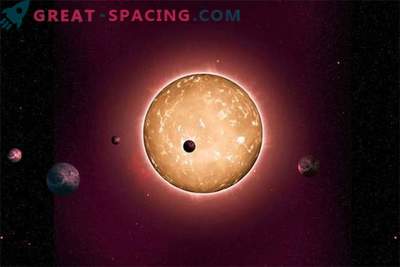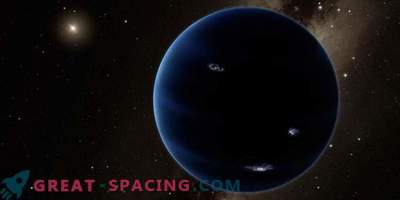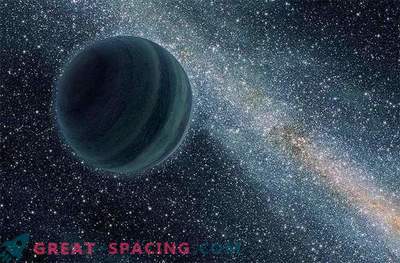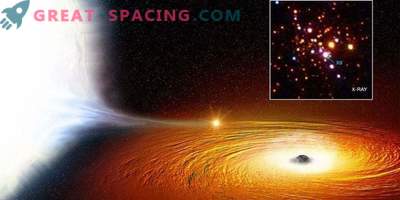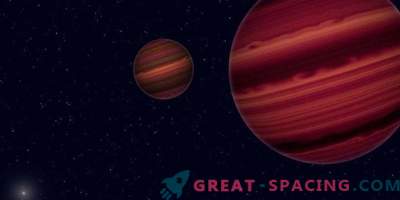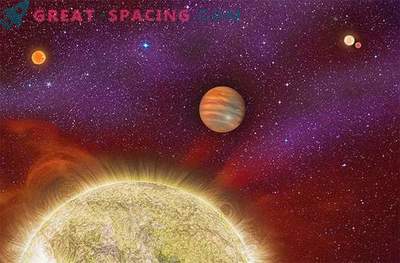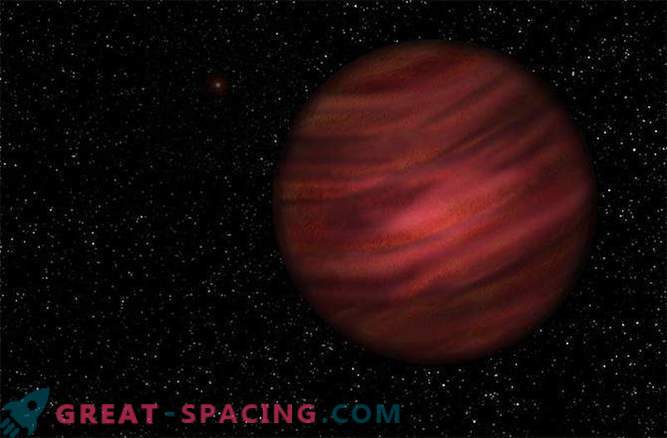
An independent planet that freely hovers at a distance of more than one hundred million light years from Earth can have a star-parent, although their relationship can hardly be considered as close.
New research suggests that a planet that is 11–15 times greater than Jupiter can rotate around its star. At the same time, the distance to it is 7000 times greater than the distance that separates Earth from Sun.
A study published in the Monthly Notices of the Royal Astronomical Society (Royal Astronomical Society) notes that light emitted by a star takes a whole month to reach the planet.
According to astronomer Niall Deacon (Niall Deacon) from the University of Hertfordshire (UK), this is the widest known planetary systems found so far.
Both the planet (2MASS J2126) and its potential star (TYC 9486-927-1) were discovered more than eight years ago, but the relationship between them remained unclear.
Deacon and his colleagues came to the conclusion that, despite the considerable distance between objects (621 billion miles, or 1 trillion kilometers), they move together in space. According to him, no one has established such a connection before them. The planet was not as lonely as it was originally intended.
Scientists can not yet determine how it turned out that the planet was so far from its star. Planet 2MASS J2126 is large enough to be a star in itself, for example, a kind of brown dwarf. According to Josh S chlieder, a researcher at NASA's Ames Research Center at Muffet Field in California, gathering information about this strange couple is very difficult, which makes a certain intrigue.
According to him, it is much easier to conclude that such a system was not formed in the usual way. Since the mass ratio is relatively high, and the removal is so large, the probability that 2MASS J2126 was formed from a material orbiting a star (as happened with gas giants in the Solar System) is very small.
Schlider suggests that the planet could have been formed much closer to the star, and only then moved to a remote distance. This could be the result of interaction with other objects that have not yet been discovered.
The theory also seems plausible that these two objects could be separated from the same gas cloud, creating a system like a double star. Another version, 2MJ2126, was formed around another star, then pushed out and became freely floating, but at some point was caught by the attraction TYC 9486-927-1.
It remains to conclude that further information collection is needed in order to come to the conclusion which of the course of events was the most likely.



